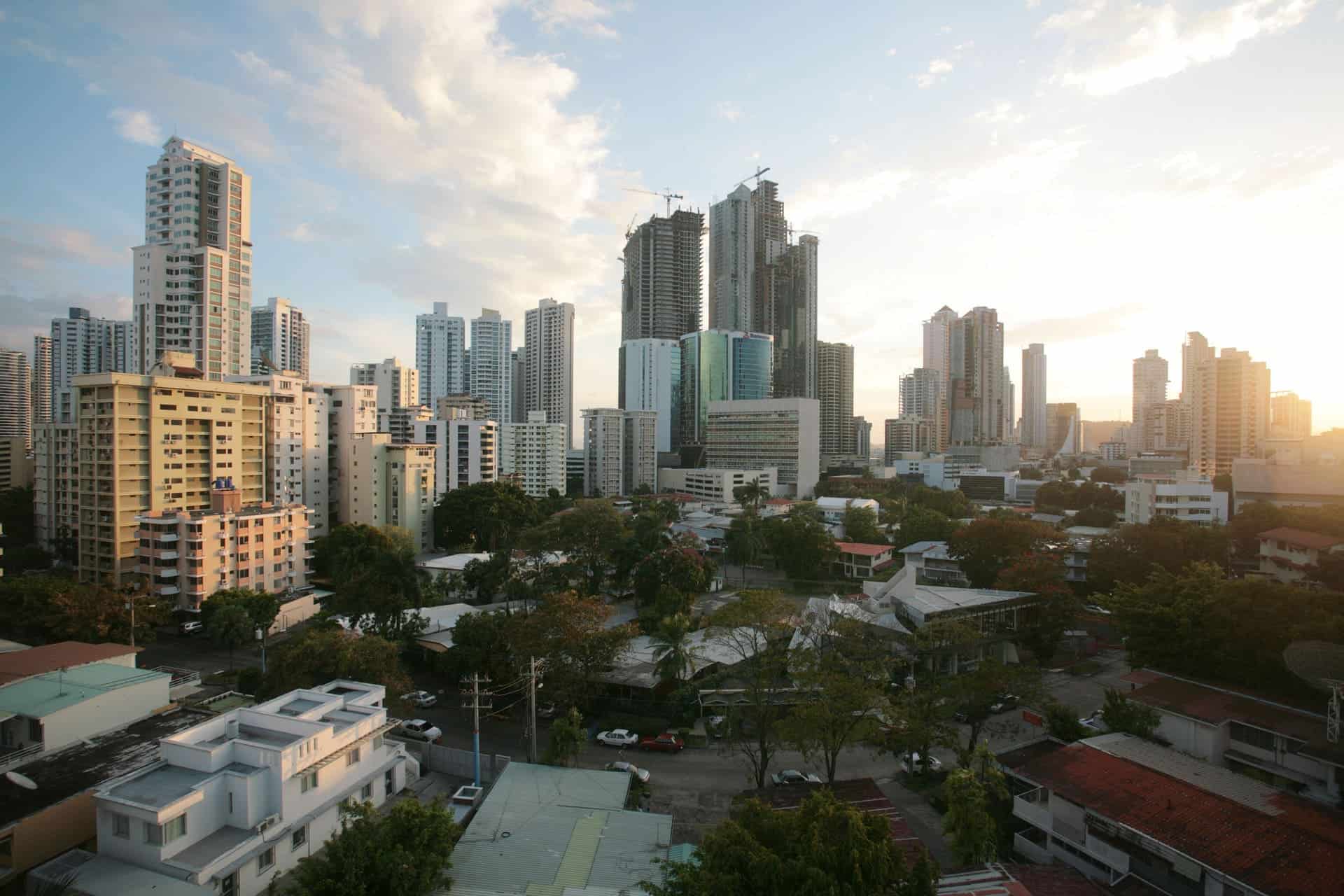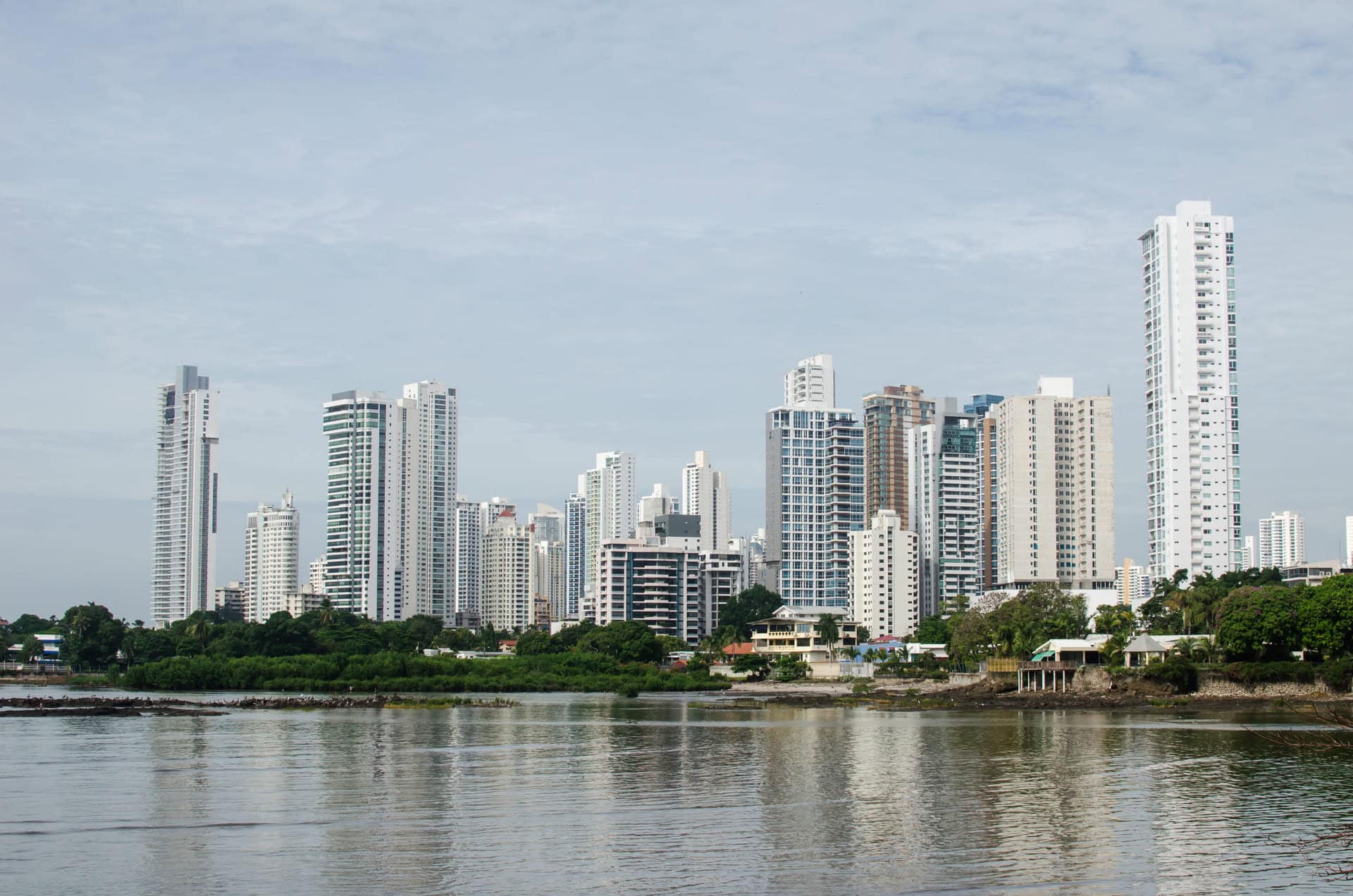Have you ever thought about how to bring your beloved pets to Panama? Whether you’re moving there or planning a long vacation, understanding the rules for pet travel can be tricky. But making sure your pet has a smooth trip to Panama is important for their well-being. In this guide, we’ll explain the steps to prepare your pets for the journey. We’ll cover everything from getting the necessary documents, like a health certificate to dealing with challenges some breeds might face during flights. In addition, we’ll talk about keeping your pet secure during travel and why it’s important to use a harness or leash to ensure a safety for your pet and the people around you. So, join us on this journey and by the end of this article, you’ll understand the significance of knowing the steps of bringing cats, dogs, and exotic pets to Panama. We’ll guide you through a stress-free travel experience.

How to Prepare First Hand for Taking Pets to Panama
Many people adore their pets and desire to bring them when relocating to Panama, whether for residency or an extended vacation. Nevertheless, there are essential regulations to abide by when bringing your pets to Panama. These rules are strictly enforced to prevent sick or contagious pets from interacting with other animals. To ensure a smooth journey for your pet to Panama, you’ll need to collect some essential documents. These include a health certificate confirming your pet’s health, airlines often require a recent health certificate for your pet, typically issued within 7 to 10 days before your flight. Pets with flat faces, such as bulldogs or pugs, may encounter additional difficulties when flying because of their short noses. When traveling with these pets to Panama, it’s crucial to take extra precautions.
Ensure your travel day goes well by preparing in advance. To prepare your pet for a trip, begin by taking small steps. Bring the crate home a few days before your trip and put some food inside and add familiar items like toys or blankets. This helps your pet feel at ease during the journey and reduces their stress. It’s essential to crate train your pet for travel comfort. Start this training a few weeks or even months in advance. Slowly let your pet get used to it by letting them explore and sleep inside it at home. Get a bag ready for your pet with essential items for the journey. Arrive early at the airport to handle paperwork and load your pet’s crate without rushing. Make sure your pet has an ID tag with your contact information for emergencies. Lastly, create a list of local vets at your destination for post-trip check-ups.
Panama Immigration Requirements for Pets
A. Immigration Requirements for Pets (Cats and Dogs)
Travelers wanting to bring pets to Panama can certainly do so. However, they need to provide specific documents if they want to bring their cats or dogs into the country. Below are the required documents:
- Vaccination Certificate (Rabies, Distemper, Parvovirus, Leptospirosis, Hepatitis)
- Good health certificate signed by USDA Accredited Veterinarian
Both papers need to be verified by the Panamanian Consulate in your home country or have an Apostille certification.

B. Steps to Follow when Travelling with Pets (Cats and Dogs)
- Preliminary Preparations: Make sure your pet has an up-to-date Certificate of Good Health for Export and a vaccination record from your local Sanitary Authority.
- Endorsement of Health Certificate: Ensure that the Certificate of Good Health is approved by an authorized USDA-certified veterinarian, ensuring it includes specific details about your pet’s name, species, breed, sex, color, date of birth, and birthplace.
- Consulate Authentication: Send the certificate to the Panamanian Consulate for verification. You’ll need to pay a fee of $30 using a money order made out to the Consulate of Panama.
- Arrival at Tocumen International Airport: Prepare for a health check by the Panama Airport Health Department upon arrival. Pay a $16 entry fee for your pet. Veterinarians are available on weekdays from 9 am to 3 pm and 7 pm to 10 pm. For weekend arrivals or outside these hours, arrange a vet through the Panama Ministry of Health or the Panama Agriculture Ministry, with an additional fee for off-hours services. Failure to make prior arrangements may result in your pet waiting at the airport until a vet is available.
- Home Quarantine: Get ready for the required pet quarantine in Panama. Choose the Panama Home Quarantine option by paying $130 in cash at Tocumen International Airport. Send a quarantine request to the Panama Ministry of Health at least 14 days before you arrive. Include information’s like your arrival date, flight number, pet details, your name, adult’s passport number, and how long you plan to stay in Panama.
C. Immigration Requirements for Exotic Pets (Birds, Reptiles, etc.)
To travel with exotic animals like birds, reptiles, amphibians, and small mammals, you need specific documents:
- Sanitation Certificate issued by your veterinarian.
- Export Authorization by CITES (Convention on International Trade in Endangered Species of Wild Fauna & Flora).
- Letter of Request to the Director Nacional de Patrimonio Nacional, Autoridad Nacional del Ambiente (ANAM).
This letter must include:
-
-
- Name, Species (common & scientific name), age, other relevant information
- Country Exporting from
- Panama as country of Import
- Sanitation Certificate & CITES authorization Attached
-

D. Steps to Follow when Travelling with Exotic Pets (Birds, Reptiles, etc.)
- Sanitation Certificate issued by a veterinarian: This certificate ensures your pet’s health and is a mandatory requirement for travel.
- Export Authorization by CITES: Contact your veterinarian to secure Export Authorization from CITES (Convention on International Trade in Endangered Species of Wild Fauna & Flora). Also, ask them about the right agency in your country to help with this.
Understand the CITES requirements for obtaining approval based on species classifications:
Species Threatened with Extinction (Class 1):
-
-
- Import permit from the State of import.
- Export permit or re-export certificate from the State of export.
-
Species Not Necessarily Threatened with Extinction (Class 2):
-
-
- Export permit or re-export certificate from the State of export.
- Ensure preparation and shipping minimize risks for live animals or plants.
-
- Letter of Request to ANAM: Draft a Letter of Request to the Director Nacional de Patrimonio Nacional, Autoridad Nacional del Ambiente (ANAM). Include detailed information about your pet, the country of export, Panama as the import country, and attachments of the Sanitation Certificate and CITES authorization. ANAM will provide an Import Authorization based on your request. Submit this to the Departamento de Cuarentena Agropecuaria at the Ministry of Agriculture and Livestock Development (MIDA).
- Pet Import Permit: MIDA will give you a Pet Import Permit, an important paper you’ll need at the airport when your pet arrives. This permit decides if your pet must stay in quarantine, which usually happens to adult birds for 15 days.

Considerations for Airline Travel
Choose the right airline that suits your preference for flying with your pet. If your pet will be in the cargo area, it’s best to book a non-stop flight to Panama City. Make sure to check in your pet at least 48 hours before the flight. Keep in mind that there’s limited space for pets on each flight, with a maximum of 3 pets in the main cabin and only one pet per passenger. The specific number of pets allowed may vary depending on the type of plane, destination, and airline you’re flying with. If you don’t have a reservation when you arrive at the airport, pet transportation will depend on availability.
When traveling with your pet on an airplane, you should use a proper cage or container that matches their size. Containers should be free from leaks, durable, convenient for airline staff handling, safe, odor-free, and securely fastened. If your little pet, along with its soft carrier, weighs less than 20 pounds and fits the airline’s allowed dimensions, you can often bring it into the cabin with you on most airlines. It’s important to keep everyone safe on the plane, so always use a harness, muzzle, leash, or belt to secure your pets while traveling. Remember these rules whether you’re traveling within your country or abroad to ensure a pleasant and safe journey for your pet and fellow passengers.
Conclusion
In conclusion, bringing your pet to Panama involves careful preparation and adherence to specific regulations. From obtaining essential documents, including health certificates and vaccination records, to navigating immigration requirements for cats, dogs, and exotic pets, this guide provides a comprehensive overview. If you still haven’t found specific information, make sure to do more research for your specific needs, e.g. through the Consulado Panama website. When considering airline travel, choosing the right carrier and ensuring compliance with airline policies is crucial. By following these guidelines and prioritizing your pet’s well-being, you can embark on a stress-free journey to Panama, creating lasting memories with your pet. Safe travels!






